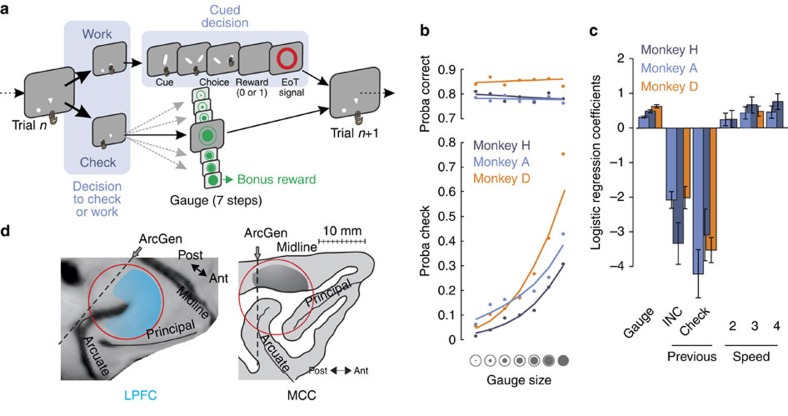Figure 1. Experimental protocol and behaviour.
(a) In each trial, monkeys are allowed to freely decide either to Work in a main task (where they are asked to perform a Cued decision) or to Check the gauge state that increases with the number of correct Cued decisions. The speed of increase is based on the total number of correct trials required (four possible speed; see Methods). A check leads to the onset of the current gauge stimulus (green disk with circle). A bonus reward is obtained when checking occurs, while the gauge is full. The gauge is reset after delivery of the bonus reward. (b) Monkeys increase check frequency with increasing gauge size (bottom), while keeping stable performance during Cued decisions in the main task (top). Dots are actual data (average over sessions), whereas lines are logistic fits. (c) Logistic regressions for each monkey testing the contribution of gauge size, performance in the previous trial (Previous; Incorrect and Check compared with correct) and speed of gauge increase (Speed; compared with speed 1) to the probability of checking. The estimated coefficients notably show a reduced probability to check (negative value) after incorrect trials in comparison with after-correct trials during the Cued decision. (d) MRI-based reconstructions highlighting the approximate recording locations in LPFC (blue) and MCC (black) from the genu of the arcuate sulcus (ArcGen).

